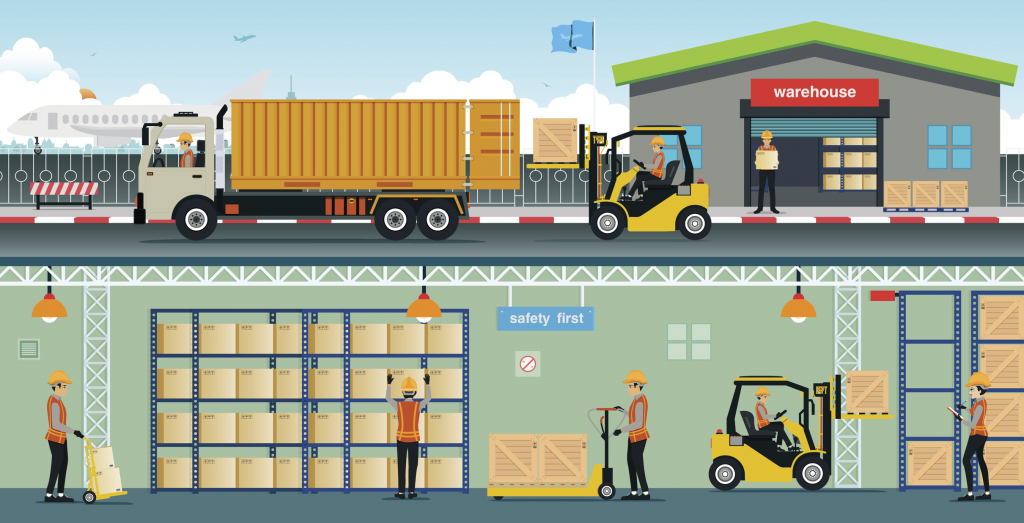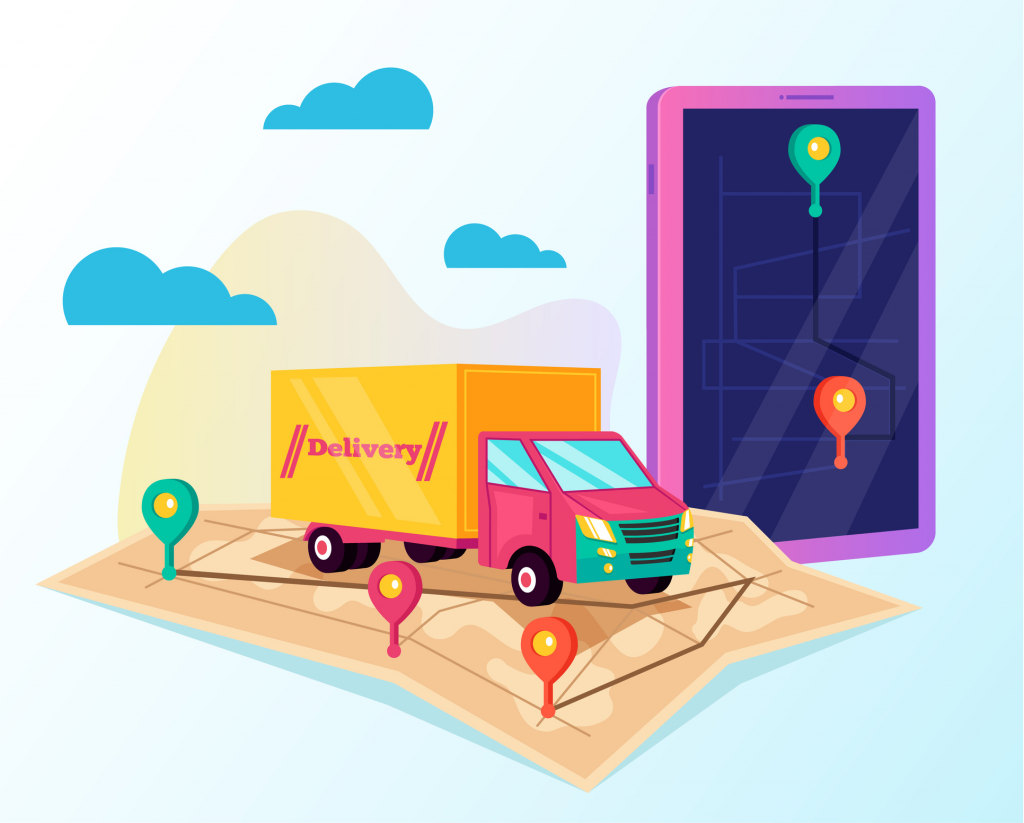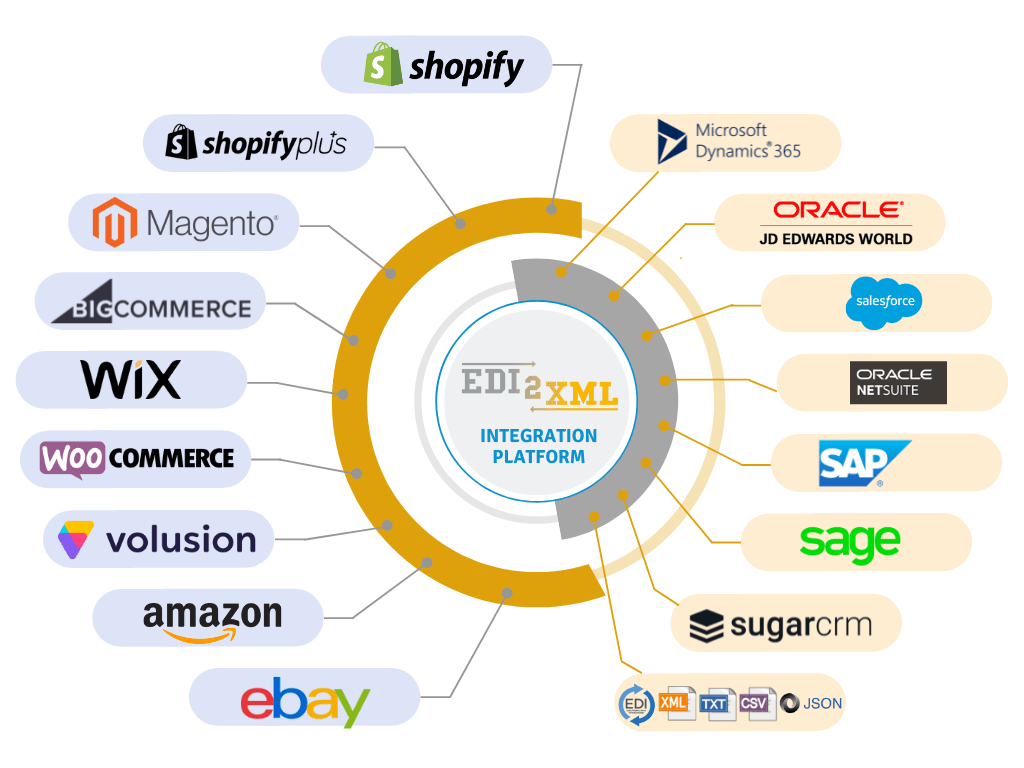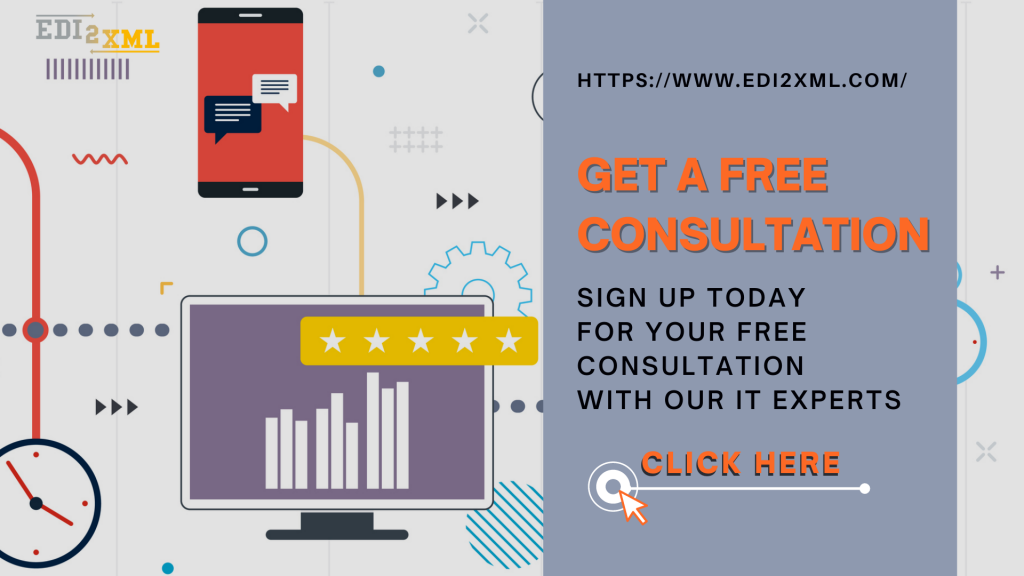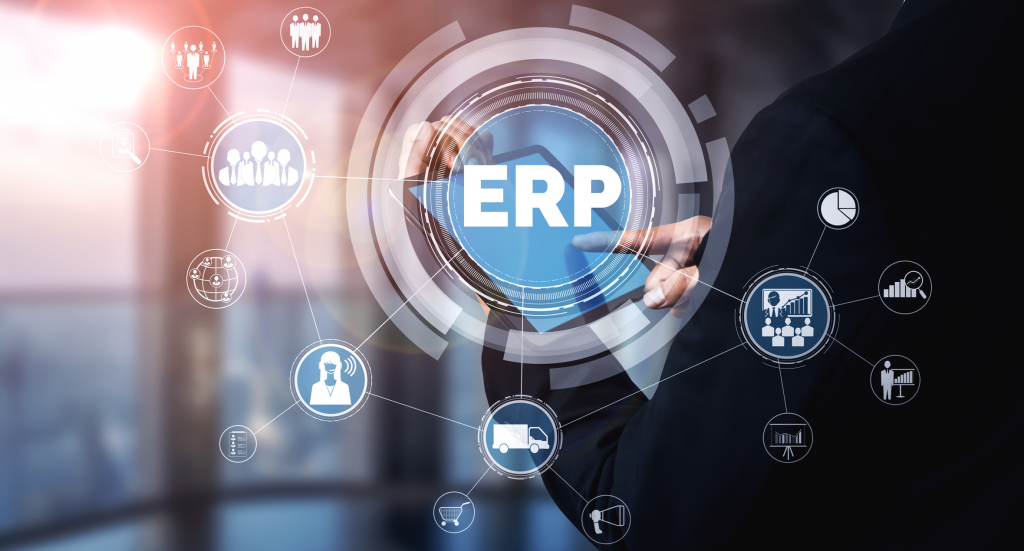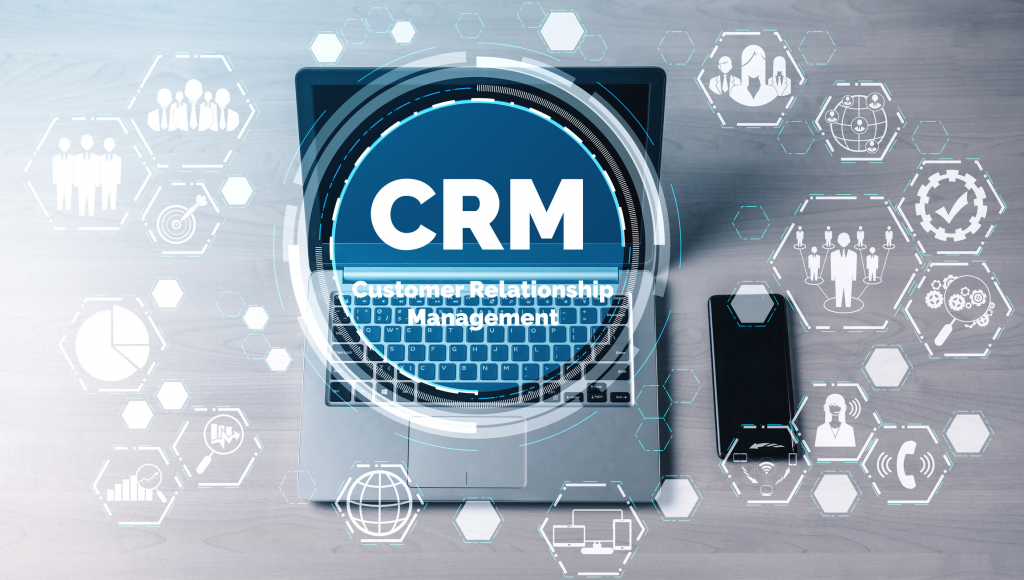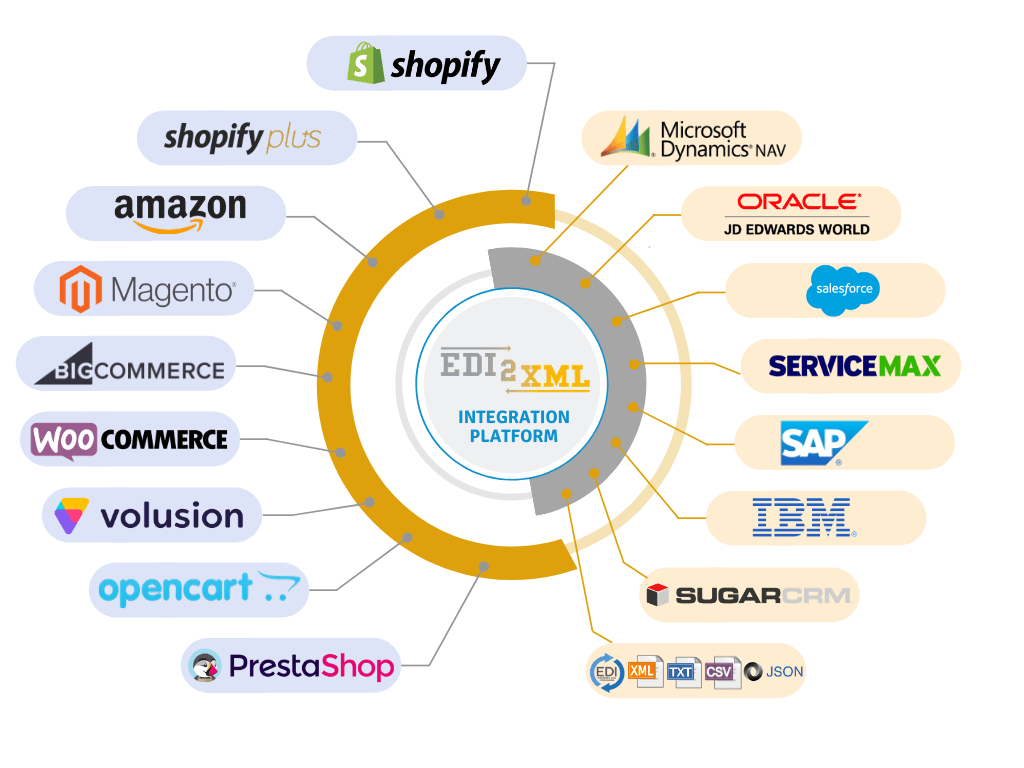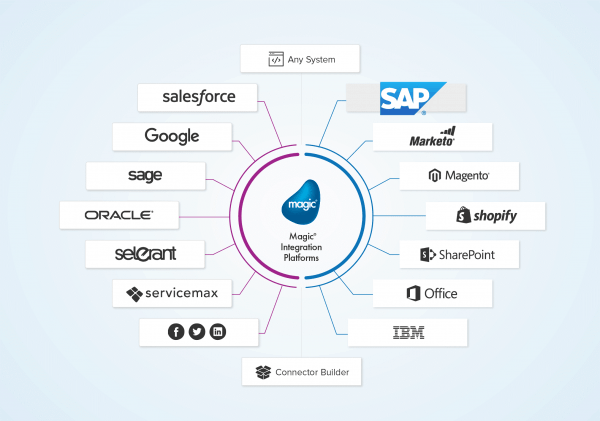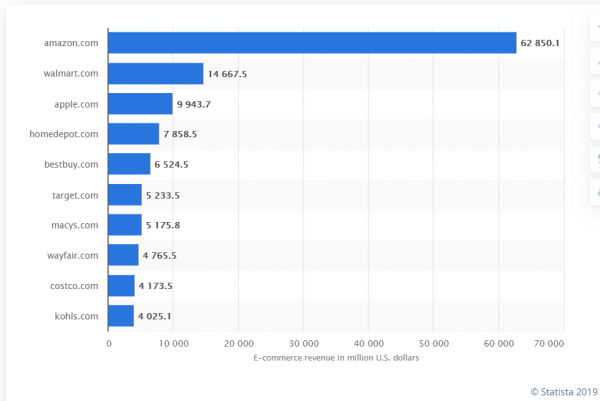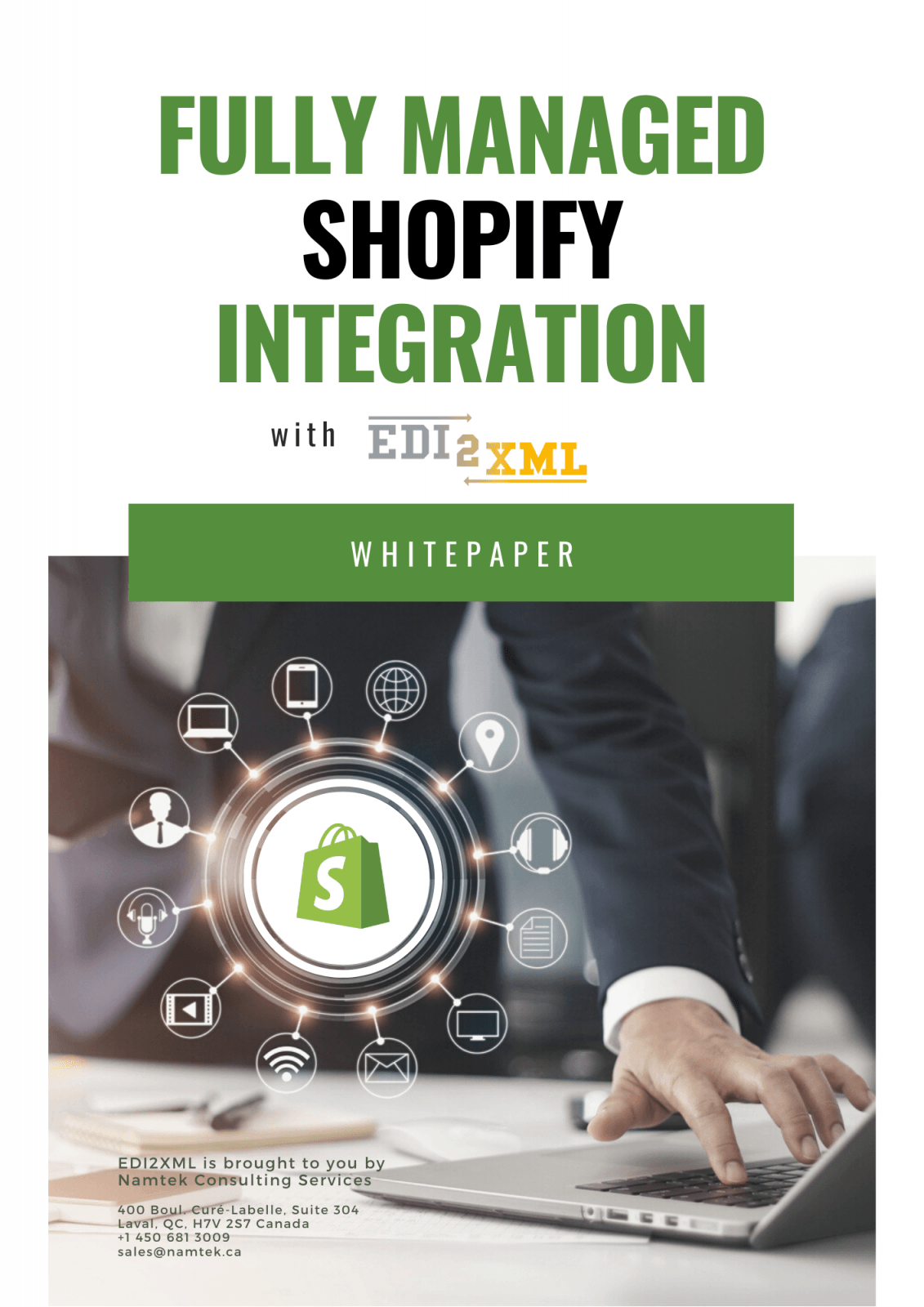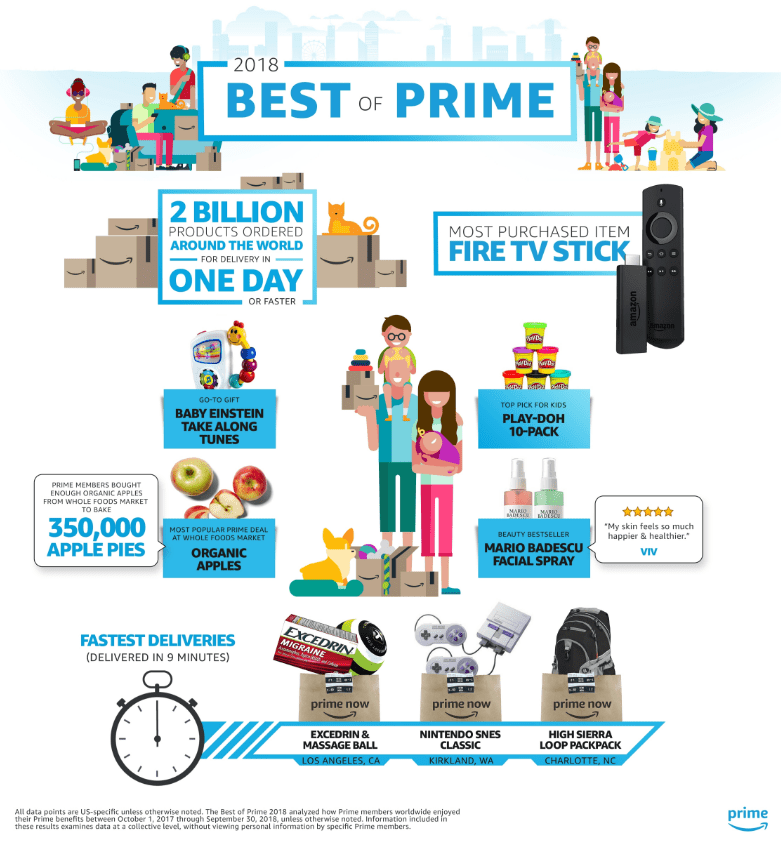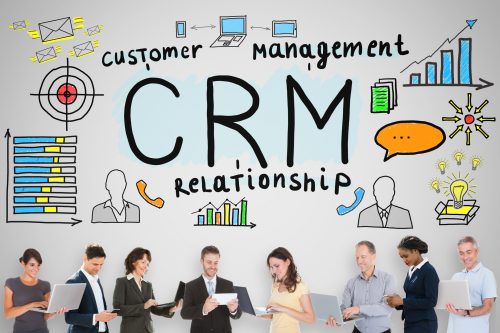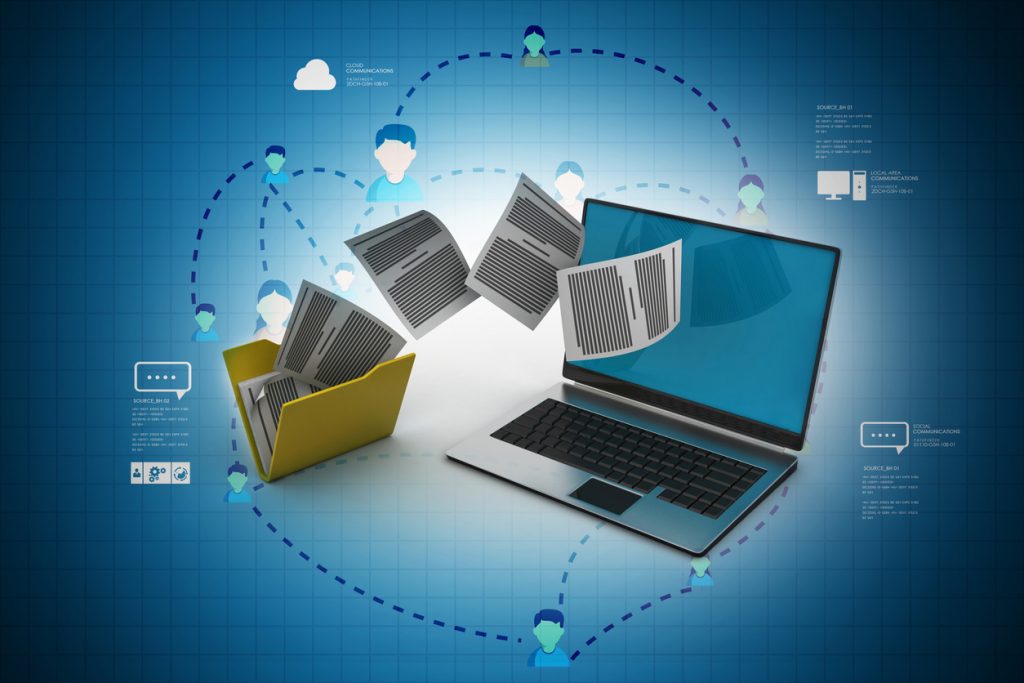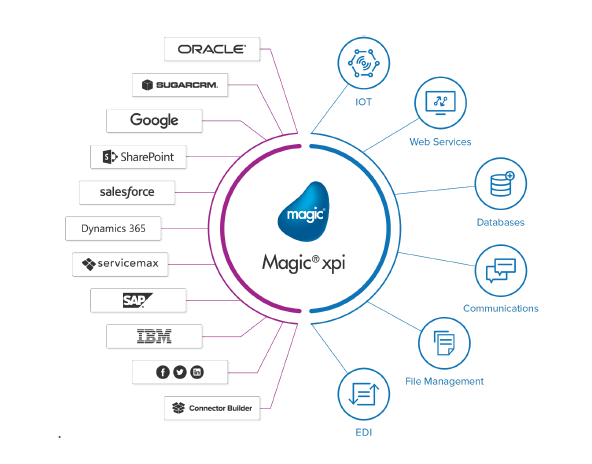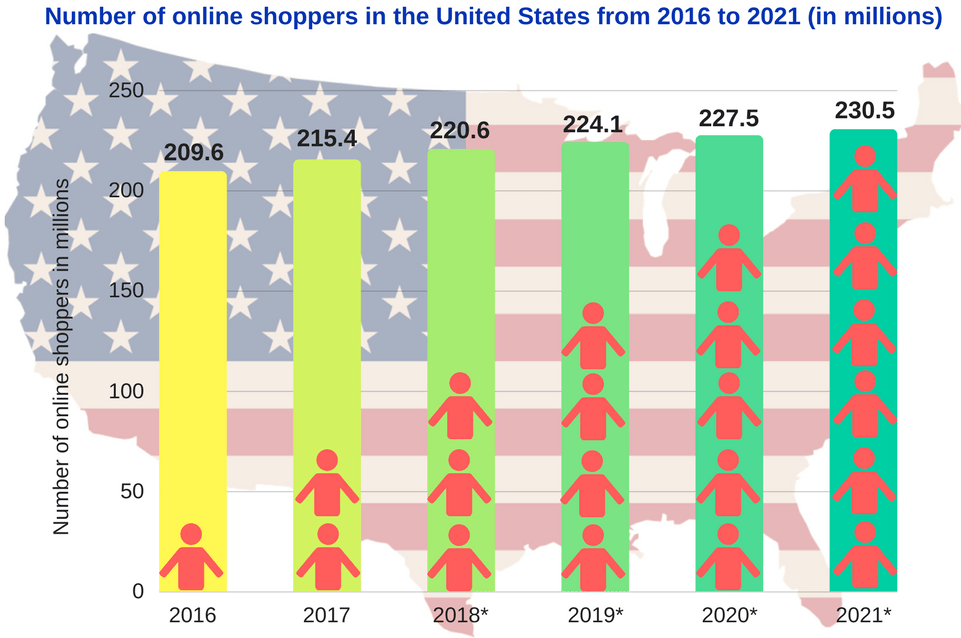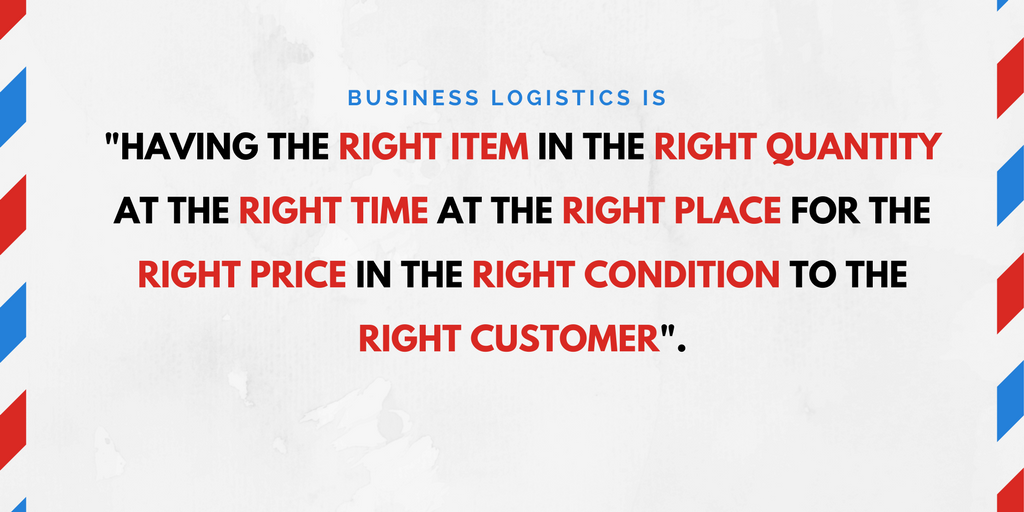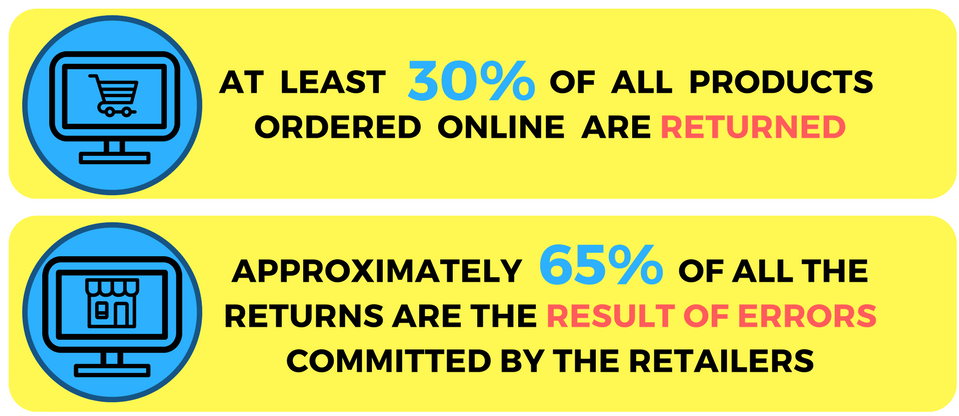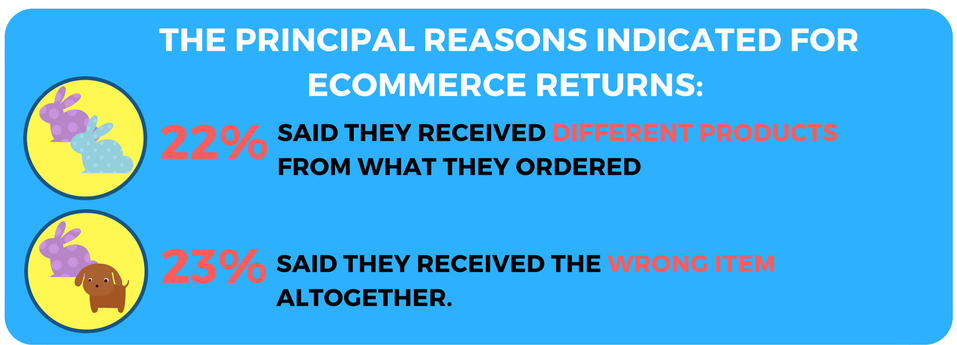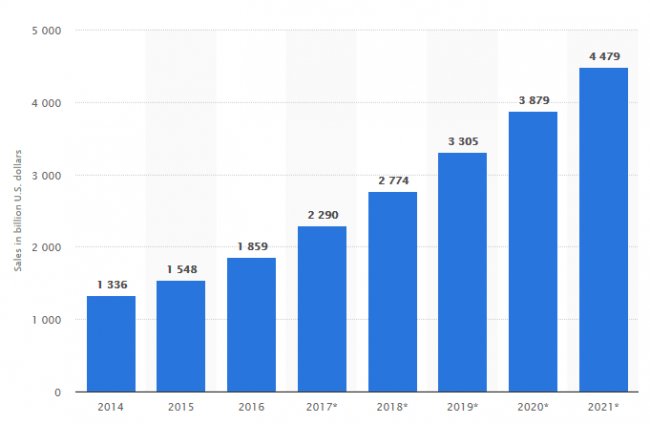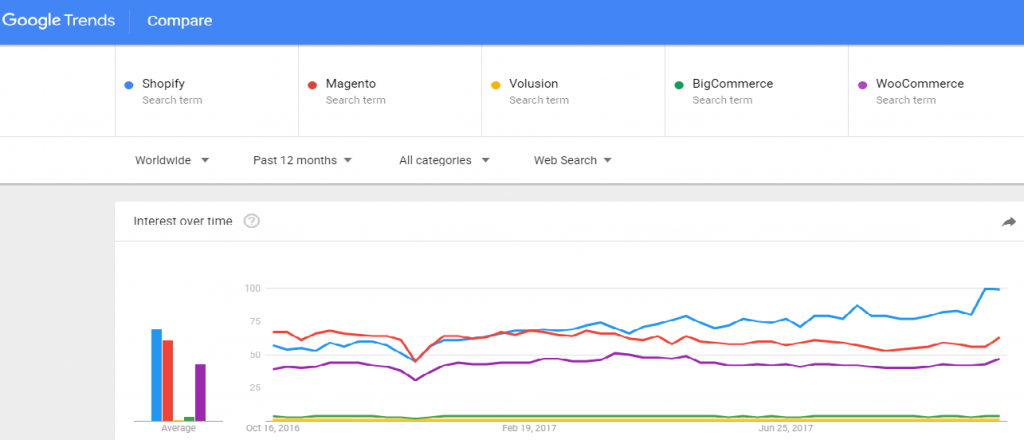As the e-commerce landscape continues to evolve, the challenges of managing an online store extend far beyond just the holiday season. Whether you’re dealing with seasonal spikes or maintaining daily operations, the principles of automation can help you navigate these complexities with ease. This article, originally focused on the holiday season, provides insights that are valuable throughout the year, offering strategies to streamline your processes and reduce stress, no matter the time or circumstances.
The holiday season brings joy and celebration, but for online store owners, it often means stress and chaos. Managing the surge in orders, keeping inventory in check, and ensuring timely fulfillment can be overwhelming. As an e-commerce integration provider, we understand all the challenges that online store owners face, especially during peak seasons.
In this article, we’ll explore the challenges online store owners face during high seasons and how automation of key processes, such as inventory management and order fulfillment, can transform your seasonal sales into a smooth and stress-free experience.
E-commerce Challenges
Running an online store comes with a number of challenges, from facing tough competition to protecting customer data. Over the years, we’ve worked with various online stores, including those on platforms like Shopify and BigCommerce. Our experience has taught us that solving key issues often helps tackle other problems. Let’s focus on the crucial points that store owners should keep in mind for effective problem-solving.
E-Commerce Order Overload
As the holiday season approaches, online store owners often find themselves inundated with a sudden influx of orders. Managing these manually can lead to errors, delays, and unhappy customers.
Inventory Nightmares
Our extensive experience in the industry has shown us the nightmare scenarios of mismanaged inventory. Keeping track of inventory levels becomes increasingly complex during high-demand periods. Over-selling or running out of stock can be detrimental to your business – a situation we are well-equipped to help you avoid.
Online Shop Fulfillment Fiascos
Timely and accurate order fulfillment is crucial for successful e-commerce. However, logistics, tracking, and coordination with shipping partners can turn into a logistical puzzle during peak seasons, an issue we are committed to resolving.
How EDI2XML Can Help Improve Your E-Commerce Store
At EDI2XML, we specialize in e-commerce integration services, bridging e-commerce stores with ERP/CRM or EDI systems. Although our expertise originally focused on Shopify, BigCommerce, and Amazon our services extend to any e-commerce store or marketplace facilitating seamless connectivity with leading ERP systems like Microsoft Dynamics, Oracle JD Edwards, Salesforce, SAP Business One/ERP, and more.
Managing an e-commerce store alongside ERP or CRM systems can burden companies with inefficiencies and redundant efforts. Our real-time integration solutions aim to streamline workflows by automatically exchanging critical data such as stock information, orders, and customer details between ERP/CRM systems and e-commerce stores.
E-commerce Integration Solutions
EDI2XML offers robust and fully managed integration solutions that facilitate two-way data exchange, ensuring secure and automatic processing between e-commerce and any business or accounting system and application.
Our integration platform, Magic xpi, eliminates the need for manual data entry by automating critical business processes. It connects your ERP/business systems seamlessly with your e-commerce store, enabling automatic order transmission from your e-commerce platform to your business system. Additionally, it ensures timely updates of order status and inventory information, providing your clients with real-time order updates.
Order Automation
As seasoned e-commerce integration providers, our solutions, including seamless e-commerce integration, automate the order processing pipeline. By leveraging our expertise, your orders are processed with precision, eliminating errors and ensuring prompt customer service.
Inventory Management (Stock Status Synchronization)
Challenges such as over-selling, stockouts, and manual errors can harm your reputation and hinder growth. Stock status synchronization involves maintaining real-time consistency between your online store’s inventory and your ERP or CRM system. This ensures that the information about product availability is accurate and up-to-date across all platforms. With our fully managed e-commerce integration service, you can say goodbye to the hassle of manually updating your inventory.
USEFUL READING: Why You Should Automate Inventory Updates for Your Shopify Store?
Fulfillment Automation
Fulfillment Automation is the key to transforming your order processing from a manual, time-consuming task into a streamlined and efficient operation. This process involves leveraging technology to automate various stages of order fulfillment, from tracking to shipping, reducing errors and enhancing overall customer satisfaction.
USEFUL READING: Why Is It Crucial to Automate the E-Commerce Order Fulfillment Process?
Conclusion: E-commerce Automation
The holiday season should be a time of celebration, not stress for online store owners. By embracing e-commerce automation, you can turn potential problems into opportunities for growth and customer satisfaction.
Whether you’re dealing with order overload, inventory nightmares, or fulfillment fiascos, automation, such as those offered through our services, can make your online store operation smoother and more efficient.





